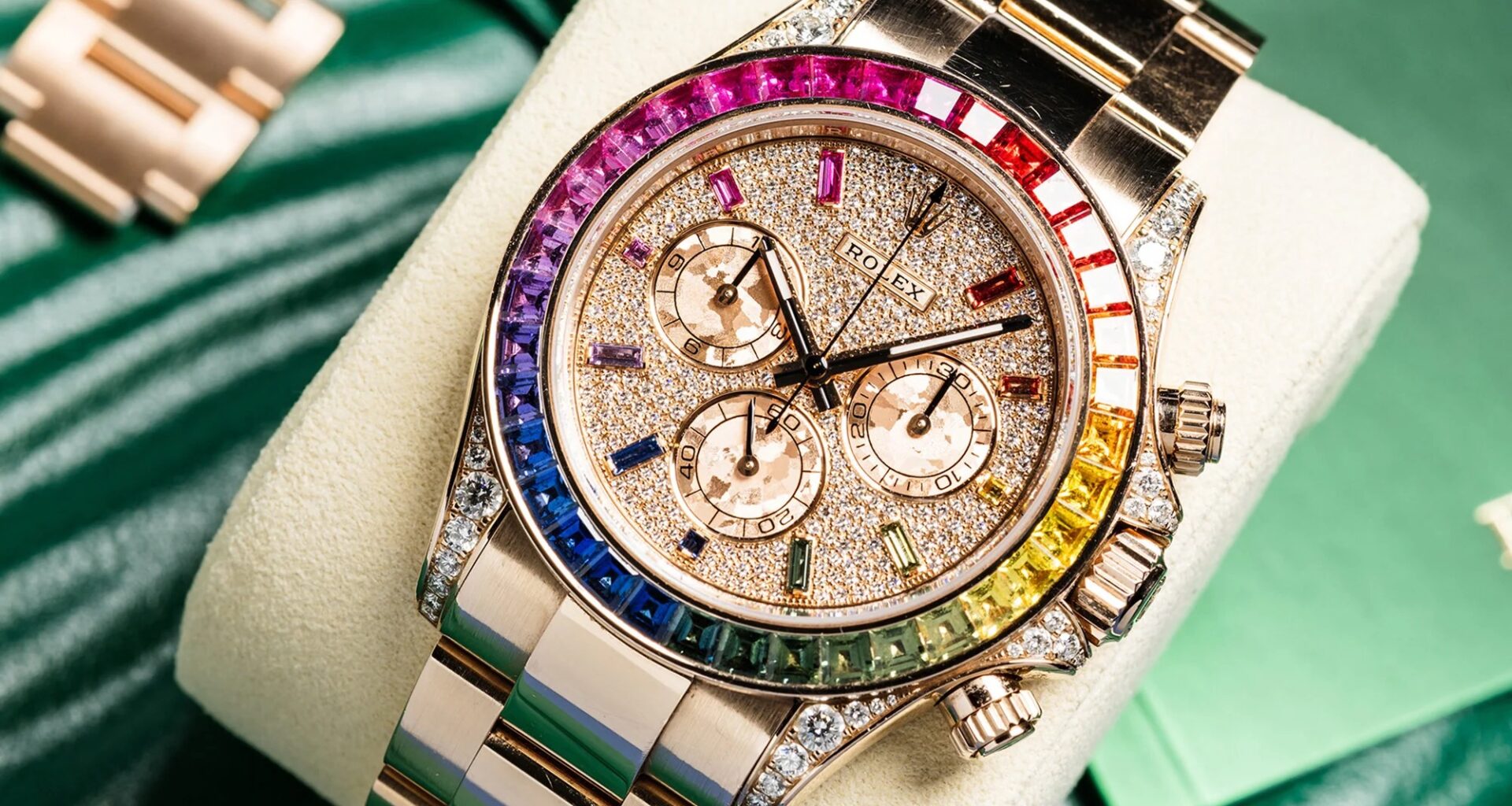Luxury watch enthusiasts and collectors across the United States may want to hold off on buying that next Rolex. Starting August 7, 2025, a new U.S. executive order imposes a sweeping 39% ad valorem tariff on all imports from Switzerland—an unprecedented move that’s already sending tremors through the high-end watch world.
The directive comes directly from the White House under President Trump’s expanding reciprocal-tariff policy. With no bilateral deal reached by the August deadline, the administration cited a $38 billion U.S. goods-trade deficit with Switzerland as a key motivator. The steep 39% figure far exceeds the 15% tariff rate negotiated with the EU, Japan, and South Korea—nations that successfully struck preliminary trade pacts before the cutoff.
A Luxury Industry Caught Off Guard
Switzerland’s watch industry, which exported over $6 billion worth of watches to the U.S. in 2024, now faces a stark decision. Watchmakers must either absorb the added cost or pass it on to American consumers. Some have already begun hiking retail prices by 10–15% in anticipation. However, the full 39% blow is likely to hit wallets within the coming months.
At the forefront of concern is Rolex. While the brand has remained relatively insulated from inflationary trends over the past few years, this sudden and sharp tariff could significantly alter its pricing strategy. Rolex timepieces—already marked by scarcity and long waitlists—may soon carry retail tags inflated by thousands of dollars.
For independent brands and smaller ateliers, the impact may be even more severe. Without the global brand power or profit margins of giants like Rolex or Patek Philippe, these companies face a near-impossible choice: raise prices and lose market share, or eat the tariff and risk financial instability.
Tariff Tiers and Trade Wars: How We Got Here
This 39% Swiss tariff is the latest escalation in a wider realignment of U.S. trade policy. It follows an April 2025 announcement from President Trump of a 10% baseline global tariff on all imports. At the time, Switzerland was warned that failure to reach a new agreement could trigger a 31% rate. When talks collapsed in July, the administration responded by increasing the penalty to 39%, citing “insufficient reciprocity” and concerns about financial opacity in Swiss banking and exports.
Other countries have also been targeted. Canada’s tariff rose to 35%, spurred by disagreements over cross-border drug enforcement. India now faces a 25% tariff, and Syria tops the list at 41%, reflecting a much more aggressive U.S. approach to trade imbalances and diplomatic disputes.
Unlike earlier trade skirmishes that targeted commodities and raw materials, this new wave of tariffs strikes luxury goods—a category once considered safe from punitive measures. The move signals a shift in tone, as the White House looks to rebalance economic relationships by targeting consumer-facing sectors.
Rolex and the American Consumer: What Happens Now?
For American buyers, the implications are clear and immediate. If you’re in the market for a new Rolex, you might want to pause before pulling the trigger. A 39% import tax—factored into the retail price or not—translates to potentially thousands more per watch, depending on the model.
Consider the Rolex Submariner, one of the most iconic and sought-after stainless steel models. If a base model retails for around $10,000, a 39% tariff could push that price to $13,900 or more once retailers adjust. Higher-end models like the Daytona or Sky-Dweller could see price bumps of $5,000–$10,000.
What’s more concerning for collectors is how this affects resale value. A Rolex bought at inflated 2025 prices may not fetch comparable returns down the road, especially if the tariffs are later lifted. Savvy buyers could find themselves overpaying in a temporary pricing bubble—one that bursts as quickly as the policy reverses.
Secondary Markets and Pre-Owned Boom
The sudden shock is likely to fuel increased activity in the pre-owned watch market. Buyers may look to online marketplaces, certified pre-owned dealers, and private sellers to find better value, sidestepping new import prices. Platforms like Chrono24, Bob’s Watches, and WatchBox are expected to see a spike in demand.
But even that comes with a caveat. Pre-owned pricing often reacts to new retail costs, so even used Rolexes could see speculative pricing shifts. Still, for buyers unwilling to stomach a 39% markup, vintage and gently worn pieces will likely become the go-to choice.
Independent Watchmakers Face the Tightest Squeeze
While Rolex, Omega, and Patek may weather the storm thanks to global demand and brand equity, smaller Swiss independents are bracing for major disruption. Brands like F.P. Journe, H. Moser & Cie, and Laurent Ferrier—known for crafting mechanical masterpieces in low volumes—depend heavily on the U.S. market to stay viable.
These companies often have thin margins and rely on loyal customer bases cultivated through boutique events and personal connections. A sudden price hike could push them out of reach for many collectors, risking a drop in visibility and relevance in the American market.
Looking Ahead: When Will This End?
There’s no immediate timetable for resolving the tariff standoff. Until a bilateral agreement is reached, or a change in administration occurs, the 39% rate is expected to remain in place. Industry insiders say talks could resume in early 2026, but there’s no guarantee of a swift resolution.
In the meantime, American retailers, collectors, and consumers must navigate a murky market. Retailers will likely stagger price increases to soften the blow, while collectors weigh whether to wait it out or invest now and hope for long-term gains.
Final Thoughts: Delay That Purchase if You Can
If you’ve been saving up for a Rolex or planning to add a Swiss grail to your collection, it might be wise to wait. This tariff hike is not just a political headline—it’s a direct hit on your wallet. Prices are already adjusting upward, and the secondary market may soon follow.
Unless you’re buying for love and not investment, holding off until the trade landscape stabilizes could save you thousands. In the luxury watch game, patience often pays—especially when governments start playing hardball.

